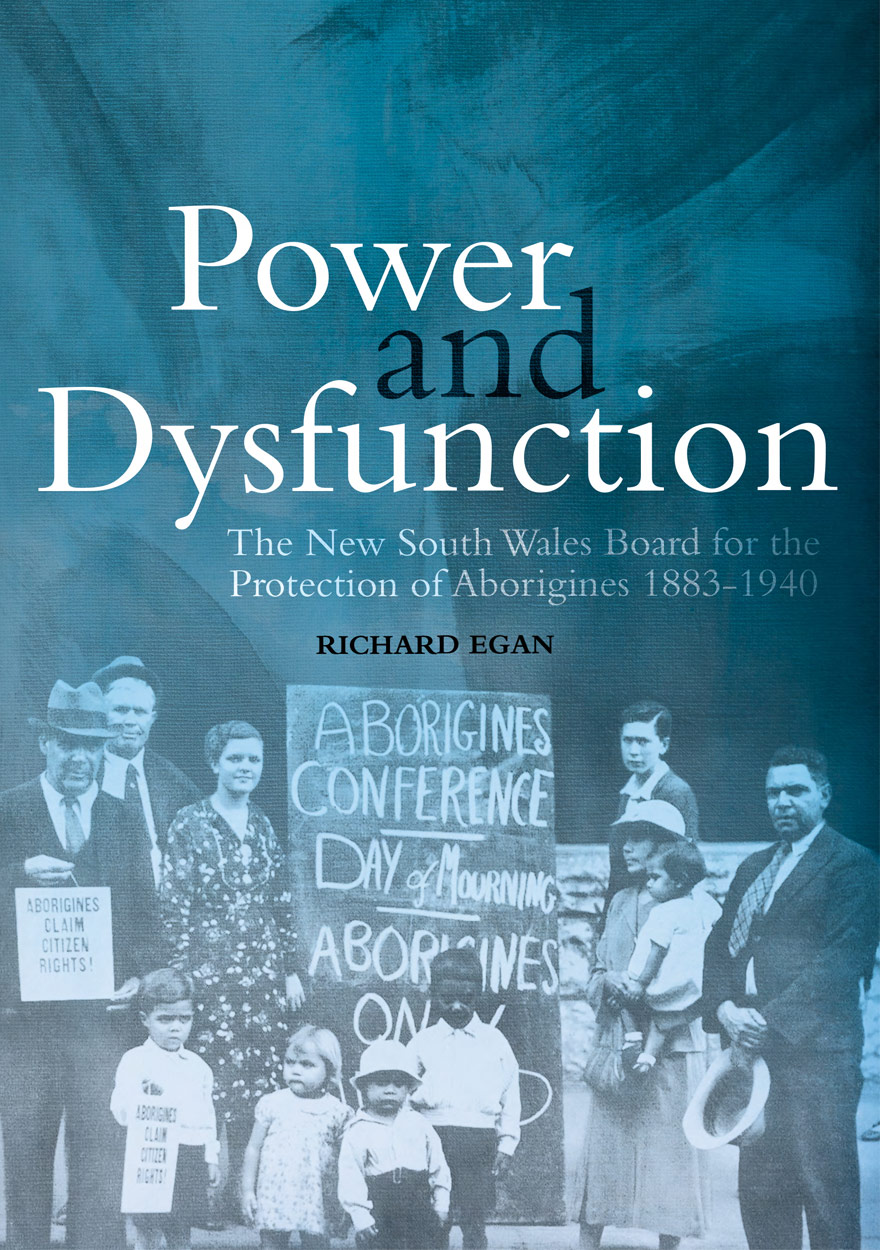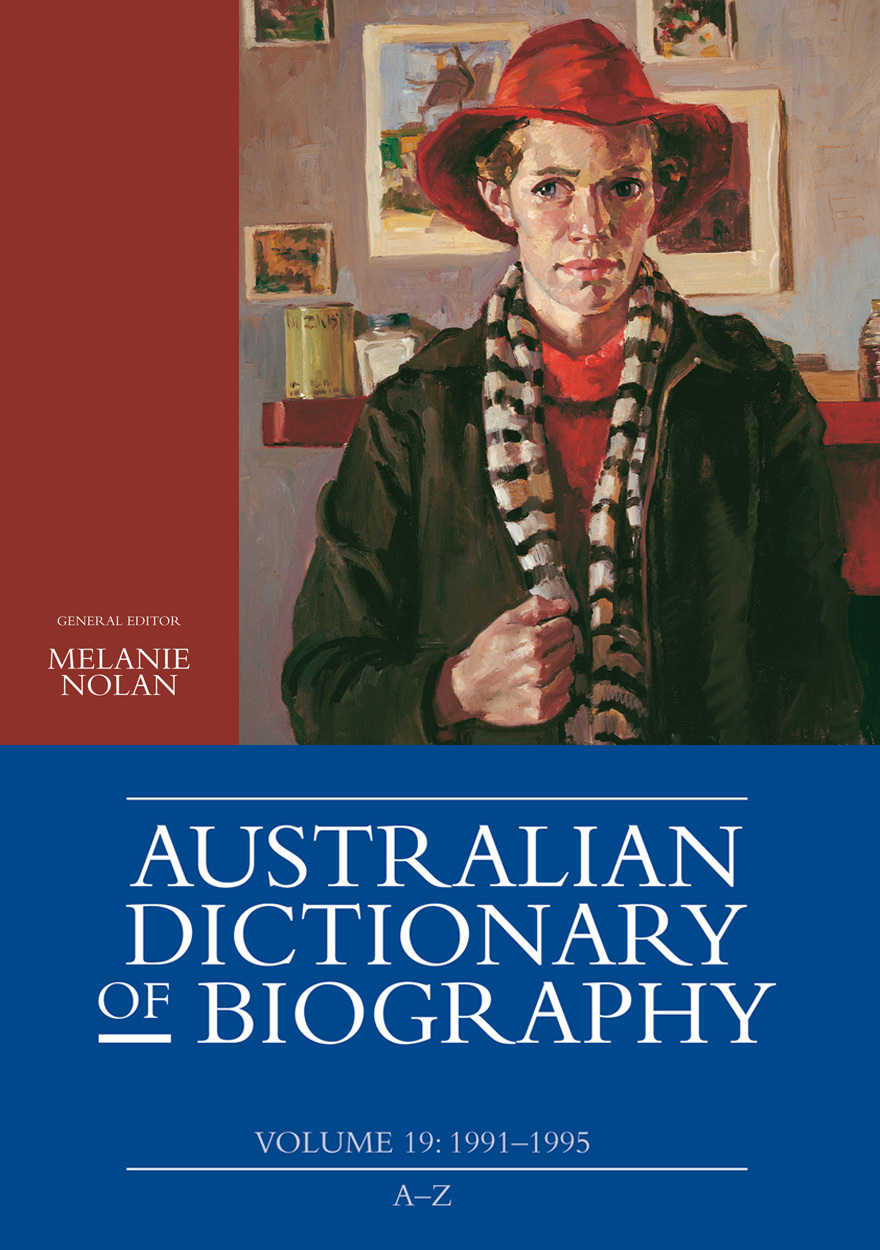Search titles
Displaying results 61 to 70 of 370.

History Wars »
The Peter Ryan – Manning Clark Controversy
Authored by: Doug Munro
Publication date: October 2021
‘In 1993, Manning Clark came under severe (posthumous) attack in the pages of Quadrant by none other than Peter Ryan, who had published five of the six volumes of Clark’s epic A History of Australia. In applying what he called “an overdue axe to a tall poppy”, Ryan lambasted the History as “an imposition on Australian credulity” and declared its author a fraud, both as a historian and a person. This unprecedented public assault by a publisher on his best-selling author was a sensation at the time and remains lodged in the public memory. In History Wars, Doug Munro forensically examines the right and wrongs of Ryan’s allegations, concluding that Clark was more sinned against than sinning and that Ryan repeatedly misrepresented the situation. More than just telling a story, Munro places the Ryan-Clark controversy within the context of Australia’s History Wars. This book is an illuminating saga of that ongoing contest.’
— James Curran, University of Sydney
‘The Ryan-Clark controversy … speaks to the place of Manning Clark in Australia’s national imagination. Had Ryan taken his axe to another historian, it’s unlikely that we would be still talking about it 30 years later. But Clark was the author and keeper of Australia’s national story, however imperfect his scholarship and however blinkered that story. Few, if any, historians in the Anglo-American world have occupied the space that Clark occupied by dint of will, force of personality, and felicity of pen.’
— Donald Wright, University of New Brunswick

Power and Dysfunction »
The New South Wales Board for the Protection of Aborigines 1883–1940
Authored by: Richard Egan
Publication date: October 2021
In 1883, the New South Wales Board for the Protection of Aborigines was tasked with assisting and supporting an Aboriginal population that had been devastated by a brutal dispossession. It began its tenure with little government direction – its initial approach was cautious and reactionary. However, by the turn of the century this Board, driven by some forceful individuals, was squarely focused on a legislative agenda that sought policies to control, segregate and expel Aboriginal people. Over time it acquired extraordinary powers to control Aboriginal movement, remove children from their communities and send them into domestic service, collect wages and hold them in trust, withhold rations, expel individuals from stations and reserves, authorise medical inspections, and prevent any Aboriginal person from leaving the state.
Power and Dysfunction explores this Board and uncovers who were the major drivers of these policies, who were its most influential people, and how this body came to wield so much power. Paradoxically, despite its considerable influence, through its bravado, structural dysfunction, flawed policies and general indifference, it failed to manage core aspects of Aboriginal policy. In the 1930s, when the Board was finally challenged by Aboriginal and non-Aboriginal groups seeking its abolition, it had become moribund, paranoid and secretive as it railed against all detractors.
When it was finally disbanded in 1940, its 57-year legacy had touched every Aboriginal community in New South Wales with lasting consequences that still resonate today.

The Federated States of Micronesia’s Engagement with the Outside World »
Control, Self-Preservation and Continuity
Authored by: Gonzaga Puas
Publication date: September 2021
This study addresses the neglected history of the people of the Federated States of Micronesia’s (FSM) engagement with the outside world. Situated in the northwest Pacific, FSM’s strategic location has led to four colonial rulers. Histories of FSM to date have been largely written by sympathetic outsiders. Indigenous perspectives of FSM history have been largely absent from the main corpus of historical literature. A new generation of Micronesian scholars are starting to write their own history from Micronesian perspectives and using Micronesian forms of history. This book argues that Micronesians have been dealing successfully with the outside world throughout the colonial era in ways colonial authorities were often unaware of. This argument is sustained by examination of oral histories, secondary sources, interviews, field research and the personal experience of a person raised in the Mortlock Islands of Chuuk State. It reconstructs how Micronesian internal processes for social stability and mutual support endured, rather than succumbing to the different waves of colonisation. This study argues that colonisation did not destroy Micronesian cultures and identities, but that Micronesians recontextualised the changing conditions to suit their own circumstances. Their success rested on the indigenous doctrines of adaptation, assimilation and accommodation deeply rooted in the kinship doctrine of eaea fengen (sharing) and alilis fengen (assisting each other). These values pervade the Constitution of the FSM, which formally defines the modern identity of its indigenous peoples, reasserting and perpetuating Micronesian values and future continuity.

Australian Journal of Biography and History: No. 5, 2021 »
Publication date: August 2021
This special issue of the Australian Journal of Biography and History focuses on political biography. The 10 peer-reviewed articles and review essays collectively demonstrate that political biography is growing beyond just ‘one damned life after another’, and that there are new and productive paths open for practitioners, readers and critics of this genre. They offer a critical snapshot of the diverse approaches and attitudes to political biography in contemporary Australia.
Forty years after her first critical examination of the state of political biography in Australia, Kate White makes a bold call for academics to ‘rethink their approach’ by considering novel strategies to ‘move beyond the narrative form’. Blair Williams demonstrates that although increasing numbers of women are writing and practising political biography, there remain few good examples of feminist political biography; more can be done to develop a framework for feminist political biography in Australia. Joshua Black examines the political memoir and diary genres in the broader context of the rise of life writing in the twentieth century, adopting former minister Neal Blewett’s A Cabinet Diary (1999) as a case study. In a sweeping examination of prime ministerial portraiture, Sarah Engledow reconsiders the visual performance of leadership for posterity and, ultimately, questions the biographical utility of such performances. Daniel Oakman delineates the links that politics has to mainstream Australian life via that great staple of popular culture, sport. Chris Wallace in her account of a quietly controversial and eventually abandoned biography of Robert Menzies early in his second prime ministership demonstrates that life stories are powerful but risky commodities in the fast-changing political domain. Similarly, in a methodological reflection on his award-winning biography Tiberius with a Telephone, Patrick Mullins critically explores the concerted attempts of the former prime minister to control and manipulate the public and archival record of his life.
Robert Tickner, the only contributor who was also an elected political practitioner, uses his very personal article to call on others to write political and policy memoirs as a ‘public good’ that helps to encourage the ‘noble enterprise’ of participation in public life. In his analysis of backbencher memoirs, Stephen Wilks calls for more of the foot soldiers of politics—backbenchers, humble and otherwise—to write memoirs as an insight into the working lives of the typical politician, and to explore what wider significance they have as political players. And Tim Rowse and Murray Goot indicate in a powerful review essay that critically examines Warren Mundine’s political memoir In Black + White, political life narratives are implicated in the difficult postcolonial politics of race, representation and recognition.
Download for free
Not available for purchase

International Review of Environmental History: Volume 7, Issue 1, 2021 »
Edited by: James Beattie, Ruth Morgan, Margaret Cook
Publication date: June 2021
Arising from the ‘Placing Gender’ workshop held in Melbourne in 2018, this collection brings together contributions that demonstrate different approaches to undertaking gender analysis in environmental history. Focusing on non-Indigenous women and men in the Anglo-world from the mid-nineteenth century, some adopt new tools to excavate familiar terrain, while others listen closely to voices that have rarely been heard in the field. This issue argues that recasting the making of settler places in terms of their gendered production and experience not only enriches their own environmental history, but also broadens the historian’s enquiry to encompass the other lands implicated in the production of settler places.
Download for free
Not available for purchase

Sound Citizens »
Australian Women Broadcasters Claim their Voice, 1923–1956
Authored by: Catherine Fisher
Publication date: June 2021
In 1954 Dame Enid Lyons, the first woman elected to the Australian House of Representatives, argued that radio had ‘created a bigger revolution in the life of a woman than anything that has happened any time’ as it brought the public sphere into the home and women into the public sphere. Taking this claim as its starting point, Sound Citizens examines how a cohort of professional women broadcasters, activists and politicians used radio to contribute to the public sphere and improve women’s status in Australia from the introduction of radio in 1923 until the introduction of television in 1956. This book reveals a much broader and more complex history of women’s contributions to Australian broadcasting than has been previously acknowledged.
Using a rich archive of radio magazines, station archives, scripts, personal papers and surviving recordings, Sound Citizens traces how women broadcasters used radio as a tool for their advocacy; radio’s significance to the history of women’s advancement; and how broadcasting was used in the development of women’s citizenship in Australia. It argues that women broadcasters saw radio as a medium that had the potential to transform women’s lives and status in society, and that they worked to both claim their own voices in the public sphere and to encourage other women to become active citizens. Radio provided a platform for women to contribute to public discourse and normalised the presence of women’s voices in the public sphere, both literally and figuratively.

Aboriginal History Journal: Volume 44 »
Edited by: Crystal McKinnon, Ben Silverstein
Publication date: May 2021
In this volume, Charlotte Ward’s narration of re-enactments of the Endeavour’s landing in Cooktown traces local processes of engaging with and producing histories that bring together stories of that landing with the much longer story of Guugu Yimithirr sovereignty. Heather Burke, Ray Kerkhove, Lynley A. Wallis, Cathy Keys and Bryce Barker analyse the extent of fear on the Queensland frontier through a historical and archaeological study of homes and huts and their fortification. In a collaborative article, Myfany Turpin, Felicity Meakins, Marie Mudgedell, Angie Tchooga and Calista Yeoh consider three performances of Puranguwana, a ‘classical’ Western Desert song that emerges from the death of Yawalyurru, a Pintupi man. Paige Gleeson offers us a new perspective on the well-known image of Warlpiri-Anmatyerr man Gwoja Tjungurrayi, known since the 1950s as ‘One Pound Jimmy’, an image featured on postage stamps and on the two dollar coin. And Gretchen Stolte’s study of Queensland Aboriginal Creations situates the production of boomerangs for sale as work of cultural importance, enriching understandings of Aboriginal artwork and its production.
Download for free
Not available for purchase

Austronesian Paths and Journeys »
Edited by: James J. Fox
Publication date: May 2021
This is the eighth volume in the Comparative Austronesian series. The papers in this volume examine metaphors of path and journey among specific Austronesian societies located on islands from Taiwan to Timor and from Madagascar to Micronesia. These diverse local expressions define common cultural conceptions found throughout the Austronesian-speaking world.

Australian Dictionary of Biography, Volume 19 »
1991–1995 (A–Z)
Edited by: Melanie Nolan
Publication date: March 2021
Volume 19 of the Australian Dictionary of Biography (ADB) contains concise biographies of individuals who died between 1991 and 1995. The first of two volumes for the 1990s, it presents a colourful montage of late twentieth-century Australian life, containing the biographies of significant and representative Australians.
The volume is still in the shadow of World War II with servicemen and women who enlisted young appearing, but these influences are dimming and there are now increasing numbers of non-white, non-male, non-privileged and non-straight subjects.
The 680 individuals recorded in volume 19 of the ADB include Wiradjuri midwife and Ngunnawal Elder Violet Bulger; Aboriginal rights activist, poet, playwright and artist Kevin Gilbert; and Torres Strait Islander community leader and land rights campaigner Eddie Mabo. HIV/AIDS child activists Tony Lovegrove and Eve Van Grafhorst have entries, as does conductor Stuart Challender, ‘the first Australian celebrity to go public’ about his HIV/AIDS condition in 1991.
The arts are, as always, well-represented, including writers Frank Hardy, Mary Durack and Nene Gare, actors Frank Thring and Leonard Teale and arts patron Ian Potter. We are beginning to see the effects of the steep rise in postwar immigration flow through to the ADB. Artist Joseph Stanislaw Ostoja-Kotkowski was born in Poland. Pilar Moreno de Otaegui, co-founded the Spanish Club of Sydney. Chinese restaurateur and community leader Ming Poon (Dick) Low migrated to Victoria in 1953.
Often we have a dearth of information about the domestic lives of our subjects; politician Olive Zakharov, however, bravely disclosed at the Victorian launch of the federal government’s campaign to Stop Violence Against Women in 1993 that she was a survivor of domestic violence in her second marriage.
Take a dip into the many fascinating lives of the Australian Dictionary of Biography.

At Home in Exile »
A Memoir
Authored by: Helga M Griffin
Publication date: February 2021
This is a story of a girl’s construction of her identity, and of her family’s search for a place in the world, for the Heimat that is so resonant for those of German background. We follow Helga through an adventurous childhood in Iran, whose vast open spaces her mother called ‘my spiritual home’. Her engineer father worked on a grand scale, designing and laying roads and railways, and tunnelling through mountain ranges. Then came the invasions of World War II, and the family, half-German, half-Austrian, found themselves on a long voyage to Australia, designated enemy aliens. They were interned for nearly five years in the dusty Victorian countryside. On their release at the end of the War, stranded in Melbourne, they sought another home. The children were dispatched to convents, and at the Academy of Mary Immaculate, Helga found a temporary homeland, in faith.
Everyday life in the Australia of the late 1940s and early 1950s is freshly seen by this feisty, loving migrant family. Through their eyes, we encounter a strange place, Australia, as if for the first time. Helga’s development from a thoughtful, sensitive child to a self-possessed young woman, wrestling with her faith and with how to live a decent life, is vividly recounted.



